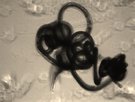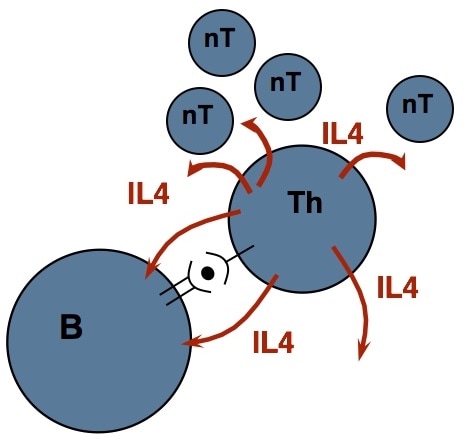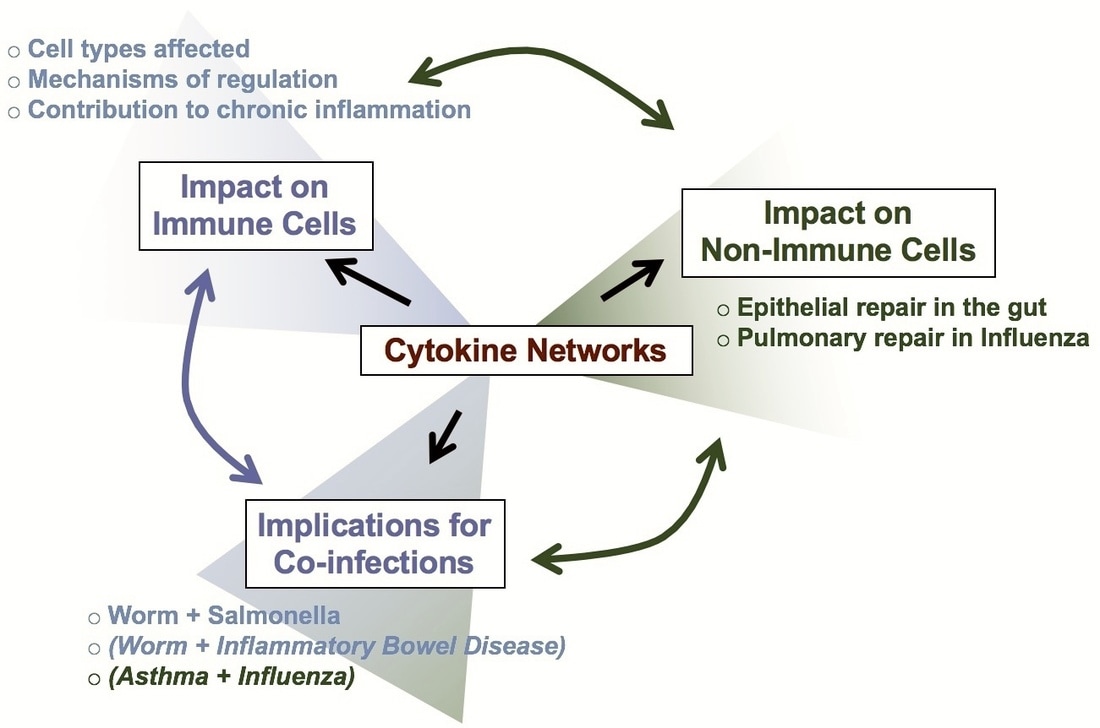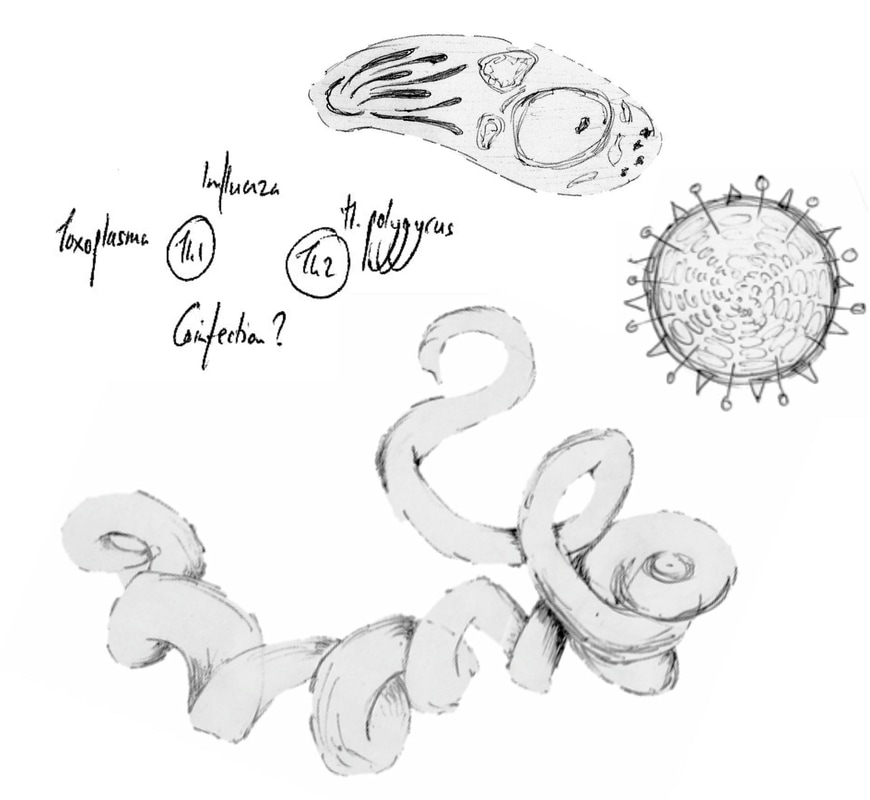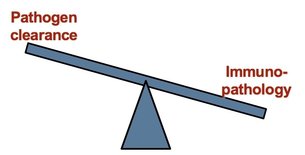|
?wmode=opaque" frameborder="0" allowfullscreen>
An audio introduction to our research...
(or, why never to walk into a lab while cameras are rolling) |
The immune system is our chief defence against infection, but it is a double-edged sword. Immune responses can also be harmful or even fatal. The optimal response to infection is one that is perfectly balanced: strong enough to clear the pathogen, but restrained enough to keep collateral damage to a minimum.
Our lab is working to understand the mechanisms that control immune balance. We are interested in cytokines and cytokine conversations, and we are studying a number of cell-cell interactions that control cytokine production and direct the outcome of infection. We use viral, bacterial and parasitic infection models to analyse cytokine responses in vivo, during a physiological response. Our goal is to provide knowledge that will enable cytokine signalling to be manipulated in the clinic, to improve patient outcome during infection, inflammation, and other immune-related disease. A summary of our research was published by UBC’s news team, here. Since then, we have moved from UBC to the University of Glasgow in Scotland. |
|
OUR TOOLBOX
PATHOGENS
HOSTS
TECHNIQUES
|


